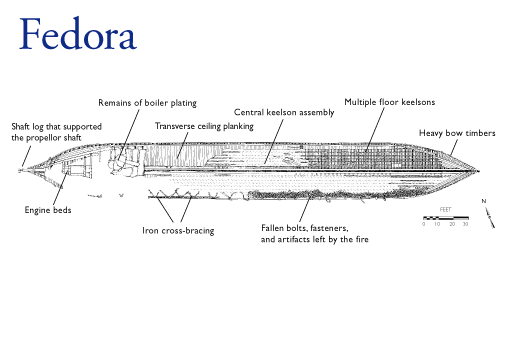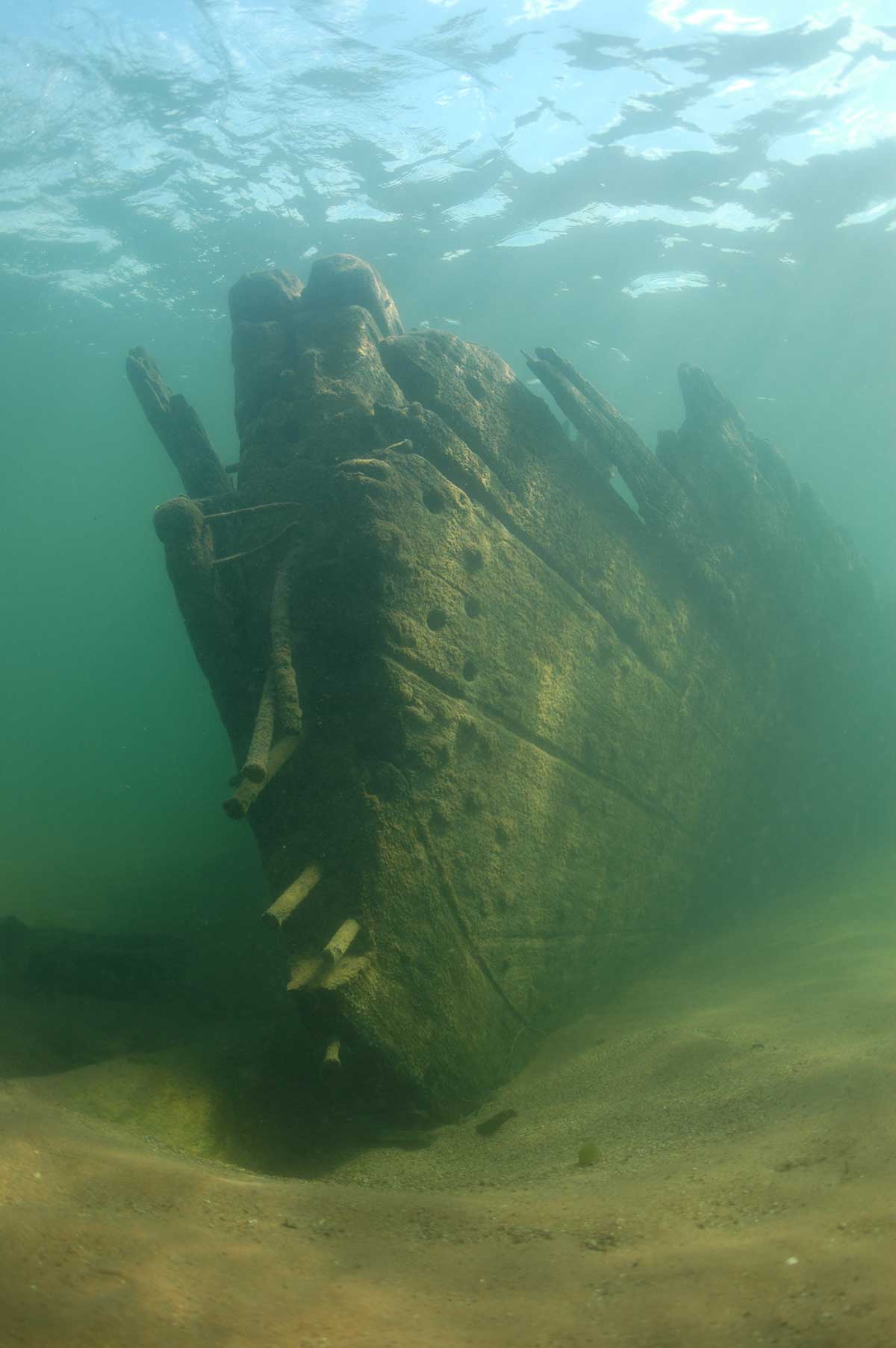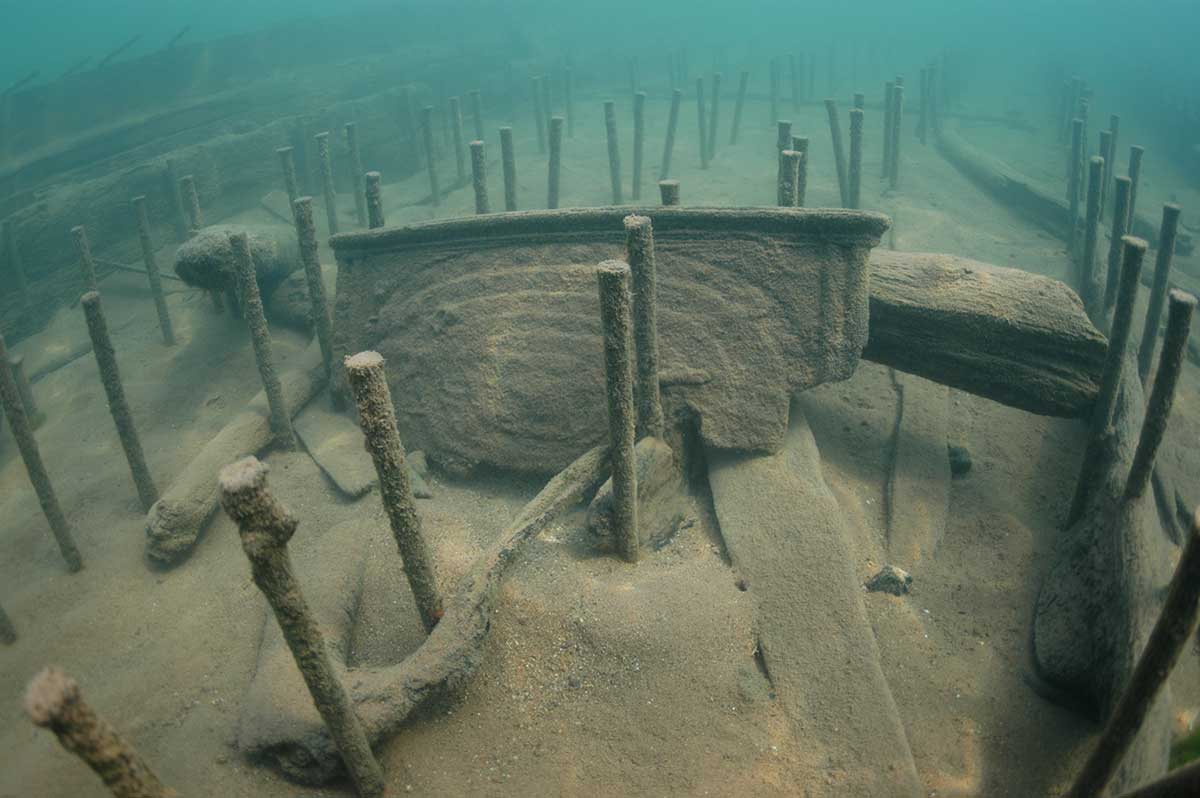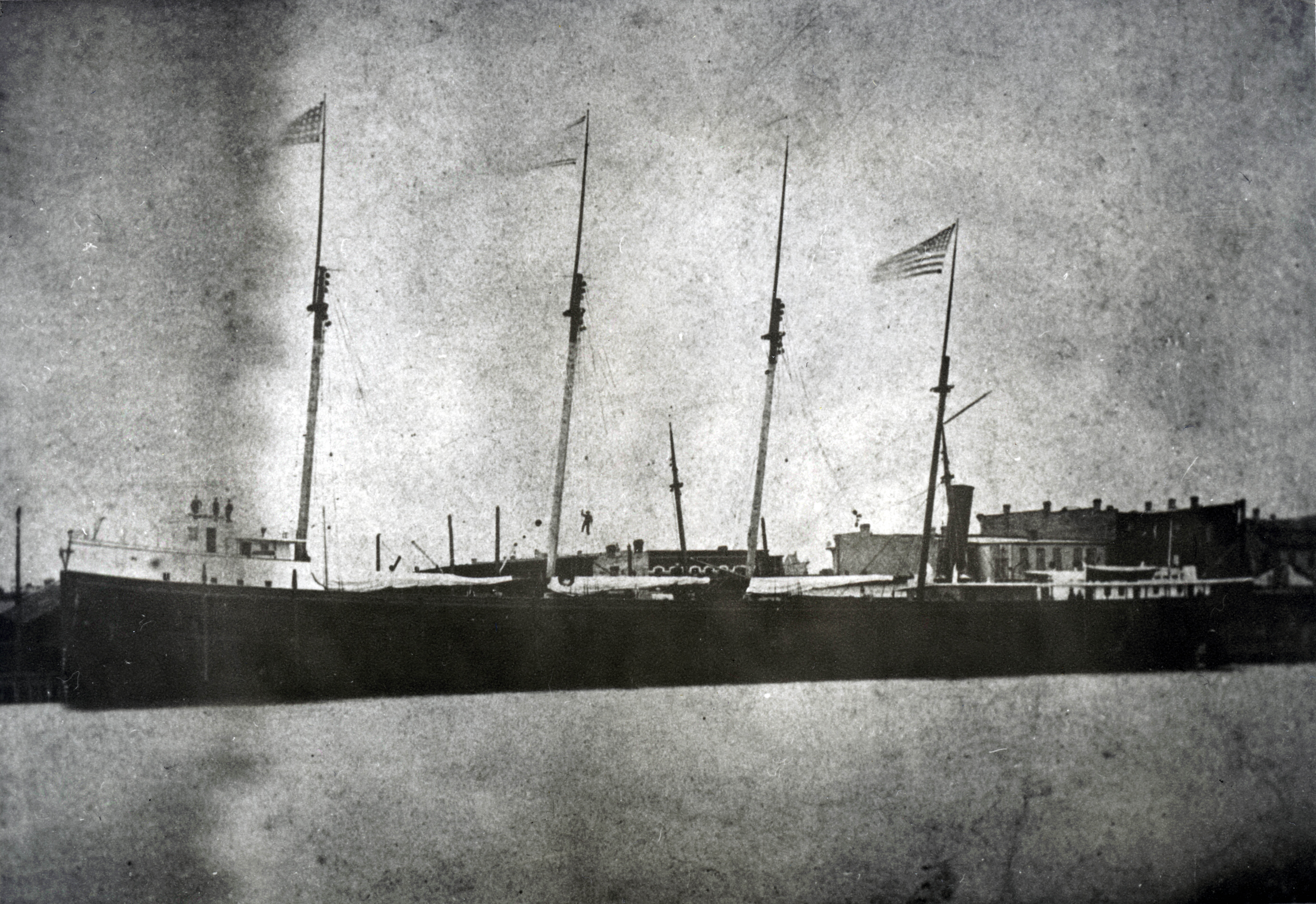Gallery

Fedora underway

Fedora clearly visible from the surface

Fedora archaeological site plan

View of Fedora's bow

Fedora's frames and remaining hull structure

Wreckage is caught amongst the remaining drift pins of Fedora

Rigging caught in the Fedora's drift pins

Artifacts from the Fedora with engine beds in the background

Fedora after Launch at Wheeler Shipyard, Bay City, Michigan 1889

Fedora's Engine After it was Wrecked. Kamera Shop, Duluth, MN.

 Confirmed Location
Confirmed Location
 Unconfirmed location
Unconfirmed location